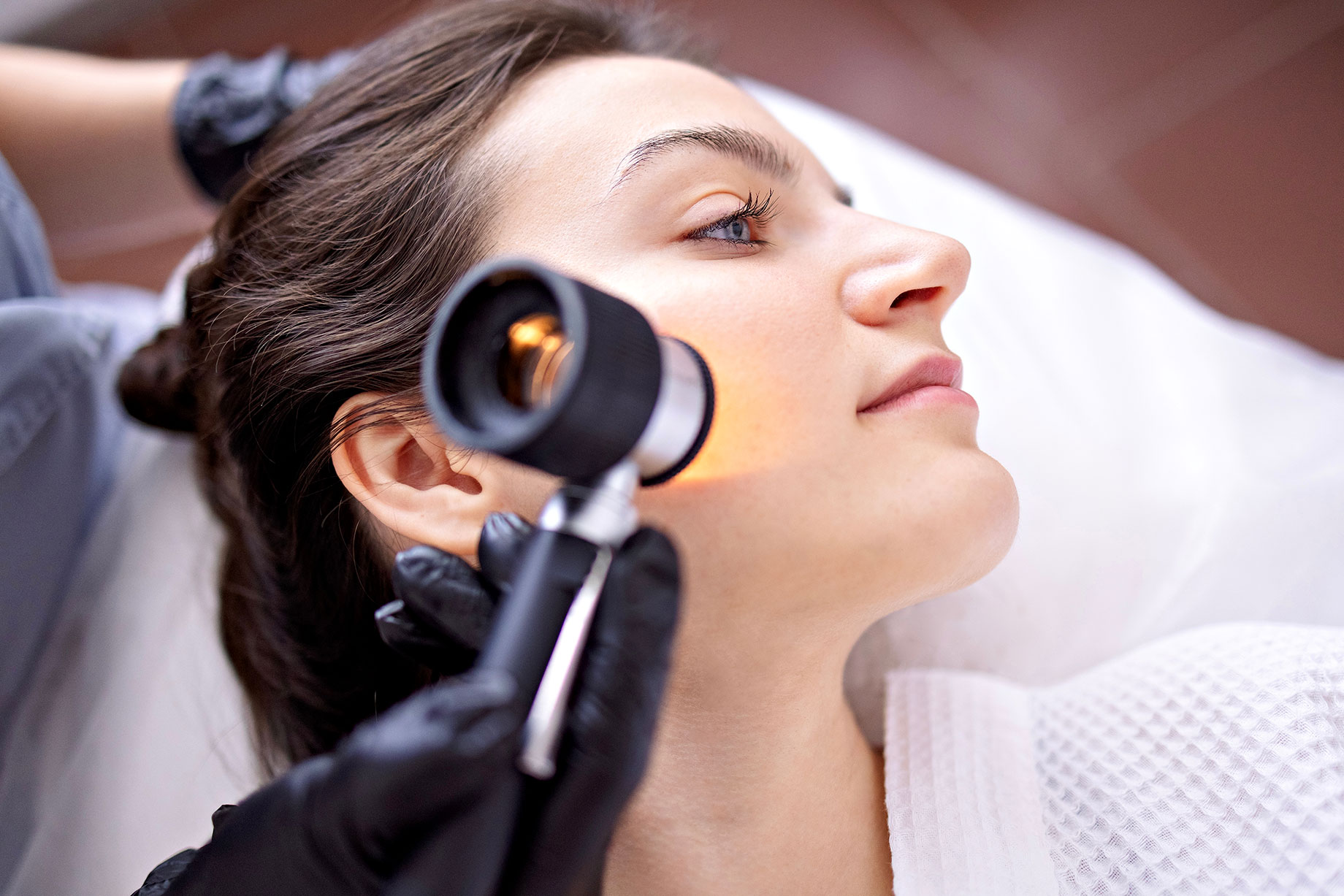
If you’ve ever spent time under the Australian sun, you know how powerful its rays can be. But did you know that Australia has one of the highest rates of skin cancer in the world? With this alarming statistic, getting a routine skin check might be one of the most important health decisions you ever make.
Why Skin Checks Are So Crucial
Skin cancer often begins silently. A small mole, a slightly rough patch, or a subtle color change might not seem like a cause for concern. However, these seemingly harmless signs can be early indicators of melanoma or other skin cancers. The good news? When caught early, most skin cancers are highly treatable. That’s where a professional skin check can be life-saving.
Melanoma, in particular, is known for its rapid spread. It can progress from a small, pigmented lesion to a life-threatening cancer in a matter of months. Regular skin checks allow trained professionals to identify and investigate any suspicious spots long before they become dangerous.
What Happens During a Skin Check?
Many people avoid getting skin checks out of fear or uncertainty about the process. But in reality, a skin check is straightforward, painless, and takes less than 30 minutes.
Here’s what to expect:
- Consultation: You’ll discuss any concerns, family history of skin cancer, and lifestyle habits (such as time spent outdoors).
- Full Body Examination: A clinician will use a dermatoscope—a specialized magnifying tool with light—to examine your skin from head to toe.
- Spot Checks and Monitoring: If there’s anything concerning, it may be photographed and monitored, biopsied, or removed on the spot depending on the severity.
The process is discreet and professional, and clinicians are trained to put patients at ease.
Who Should Get a Skin Check?
Everyone can benefit from a skin check, but some people are at higher risk. You should especially consider regular skin screenings if:
- You have fair skin or burn easily.
- You have a history of sunburns or extensive sun exposure.
- You have many moles or freckles.
- There’s a family or personal history of skin cancer.
- You notice any changes in your skin (color, size, shape, or sensation).
In short: If you have skin, you should be checking it.
How Often Should You Get Checked?
For most adults, a yearly skin check is recommended. However, if you fall into a high-risk category, your doctor might advise more frequent screenings—every six months or even quarterly.
In between professional checks, monthly self-examinations are encouraged. Look for the ABCDEs of melanoma:
- A – Asymmetry
- B – Border irregularity
- C – Color variation
- D – Diameter over 6mm
- E – Evolving shape or color
If anything seems off, book an appointment right away.
Preventative Steps You Can Take
While regular checks are vital, prevention is your first line of defense. These simple habits can drastically reduce your risk:
- Slip, Slop, Slap, Seek, Slide: Slip on a shirt, slop on sunscreen, slap on a hat, seek shade, and slide on sunglasses.
- Avoid Peak Sun Hours: Between 10 a.m. and 4 p.m., UV radiation is strongest.
- Use SPF 30+ Sunscreen Daily: Even on cloudy days.
- Wear Protective Clothing: Long sleeves, wide-brimmed hats, and UV-blocking sunglasses can help.
Debunking Common Myths
- Myth: “If it’s not itchy, bleeding, or painful, it’s fine.”
- Truth: Some skin cancers show no symptoms at all.
- Myth: “Dark-skinned people don’t get skin cancer.”
- Truth: While the risk is lower, skin cancer can affect all skin tones—and may be diagnosed later in those with darker skin, leading to worse outcomes.
- Myth: “I had a check five years ago, I’m good.”
- Truth: Skin changes constantly. Annual checks are crucial.
Final Thoughts
A skin check might not seem like a top priority, especially if you’re young, healthy, and active. But skin cancer doesn’t discriminate, and early detection saves lives. Whether you’ve spent your life in the Brisbane sun or have recently moved to the region, booking a skin check could be one of the smartest—and simplest—health moves you make this year.